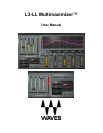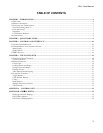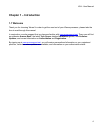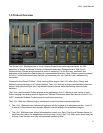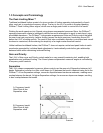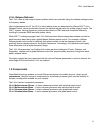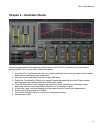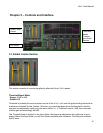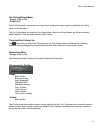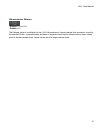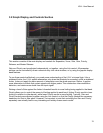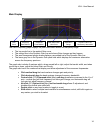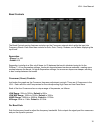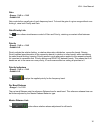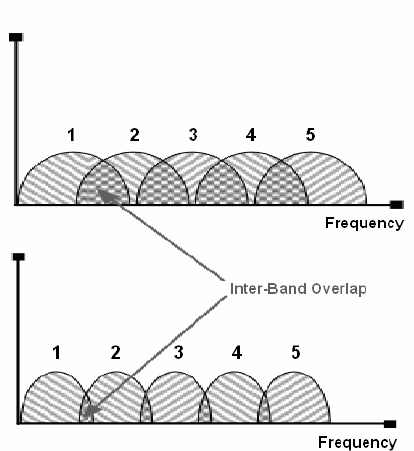
L3-LL User Manual
1.3 Concepts and Terminology
The Peak Limiting Mixer™
Traditional multiband limiters consist of a given number of limiters operating independently of each
other, each set to a particular frequency range.
The key to the L3-LL’s power is its patent-pending
PLMixer™ Peak Limiting Mixer engine, which uses a single peak limiter to control all of its bands.
Dividing the audio spectrum into 5 bands using phase-compensated crossover filters, the PLMixer™
uses psychoacoustic criteria to intelligently decide how much attenuation to apply to each band, using
all available headroom. The PLMixer™ incorporates superimposed Gain and Priority control that allow
the user to set gain and priority (relative limiting) across the audio spectrum, functioning like an EQ
before the L3-LL’s limiting section. The result is that inter-modulation distortion is minimized and overall
loudness is maximized, while retaining the simplicity of a single master threshold control.
Unlike traditional multiband limiters, the PLMixer™ does not require a wide band peak limiter to catch
overshoots generated by individual band adjustments; it automatically controls the gain relationship
between bands while maintaining brickwall limiting.
Gain and Priority
The L3-LL’s Gain curve and Priority control make for a very powerful mastering tool, enabling both
equalization and multiband limiting. The 5-band phase-compensated crossover engine is controlled by
4 frequency cutoff controls.
Separation
The L3-LL phase-compensated crossover allows control over the amount of Separation between its 5
bands. Separation is similar to a filter cutoff slope (or Q) between the bands’ sidechain being fed to the
PLMixer™. At low Separation settings, crossover slopes between bands are moderate, creating more
overlap between the bands. At higher Separation settings, the crossover slopes are steeper, resulting
in less overlap between the bands.
7
A. Frequency bands’
Side-Chain at low
Separation value
B. Frequency bands’
Side-Chain at high
Separation value
A
B



